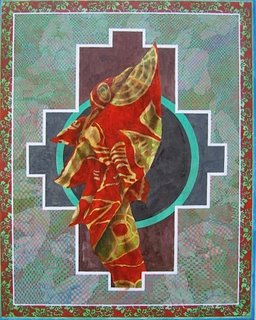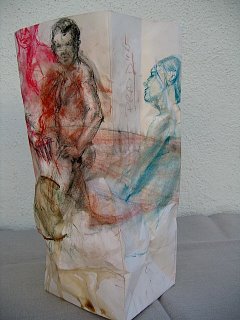
HUMILITY
No work, no matter how accomplished, can justify the unseemly display of hubristic excess on the part of David Schoffman, occasioned by the current exhibition at DCA Fine Art. I too would be pleased if Stan Pessoa described my work on Charlie Rose as “the greengages of art history’s next page.” I would be thrilled if Landor Savage pre-purchased ten percent of next year’s studio output. My lips would brighten and my soul would sing if Epitaph Press were publishing a catalogue raisonné of my early work, even without the critical essay by Chaumeur. But Schoffman has become insufferable.
He’s behaving like a child. Like an eddying elf preening over a cooked biscuit, his giddy self-congratulations are tedious and embarrassing.
I need my tranquility restored if I am to get back to Paris and work productively. I find myself wishing Schoffman some spectacular calamity, shingles, a swollen tongue, a lost limb.
Yes, my work is being well received, but that smug and stately David Schoffman exceeds me at every turn.
My withering hand beseeches you my readers …. Do not get caught in the maelstrom. Schoffman must dismount from his lofty star!


















